Tag personnel
Log in to your Paradata account to identify personnel with our image tagging tool.
Description
As 2003 began, both US and British Forces began to deploy around the Gulf, including large numbers from the Tactical Communications Wing. RAF Transportable Telecommunication System detachments went to Kuwait and Qatar, and as reinforcements in Saudi Arabia, where the Joint Force Air Component was located, as well as Special Forces deployments in undisclosed locations around the Middle East. In order to continue support of Operation ORACLE, a second base in Oman was reopened. Two further detachments supported UK Land components, initially located within Northern Kuwait.
With the Tactical Communications Wing detachments in place, those located within Kuwait were under threat of chemical missile attack, and were forced to wear protective clothing and take to the hastily erected shelters on numerous occasions. Thankfully, the US Patriot batteries held a good record of accuracy, so none of these missile attacks were successful. The two satellite communications VSC 501/ Rapid Deployment Vehicles detachments supporting ground forces, with the UK Armoured Division and 16 Air Assault Brigade were located just a few kilometres from the Iraqi border, awaiting the start of the ground invasion.
The air campaign began in March 2003. Two days later the ground invasion started and the Tactical Communications Wing detachment supporting 16 Air Assault Brigade were on their way to protect the oil fields in the southwest of Iraq. They were the first from the unit into Iraq, and possibly the first RAF ground troops to get there. The other Land attached Tactical Communications Wing detachment moved into Iraq some days later, occupying an Air Base at Talill. They remained for two weeks before moving on to Baghdad, supporting a Battlefield Intelligence Unit that was seeking weapons of mass destruction. Along with the Special Forces, they were the first British unit to set-up at the International Airport in the capital. The Iraqi forces were soon in disarray, and Operation TELIC began to address the security of the country and begin the job of rebuilding and preparing to hand back sovereignty. It was hoped that Iraq could again be governed by its own people by summer 2004. The majority of British effort was located in Basra, where a further Tactical Communications Wing detachment had been set-up which would remain in place until early in 2004. In Baghdad, the Tactical Communications Wing detachment continued to support what had become the Joint Security Group, as the capital became increasingly more hazardous, experiencing mortar attacks which damaged Tactical Communications Wing equipment.
With the need for an increased stabilisation force, another detachment was despatched from Brize Norton to Talill Air Base, as 1 Airspace Control Centre deployed a type 101 radar at Talill Air Base. This detachment was to support the surveillance and correlation of the air cover over southern Iraq for a year, with 1 Airspace Control Centre pulling out of Iraq in 2005. Operation TELIC finished at the end of the fighting phase in Iraq and was replaced with Operation TELIC 2 at the beginning of the ‘Peace keeping’ Phase. The Tactical Communications Wing provided communications for UK support elements in Baghdad and around Iraq. In May 2003, Expeditionary Radar and Airfield Squadron, soon to become 1 Sqn Tactical Communications Wing, began their operational deployment, providing navigational aids, ground-to-air communications, airfield lighting and PAR pulse radar to the International Airport in Basra. This was another long-term task, supplementing other 90 Signals Unit and Tactical Communications Wing detachments across Iraq.
Operation TELIC ended in 2009. Fortunately the Tactical Communications Wing suffered no fatalities during this conflict, but 179 British Armed Forces personnel died serving on Operation TELIC between the start of the campaign in March 2003 and the end of operations in July 2009.
Written by Geordie S


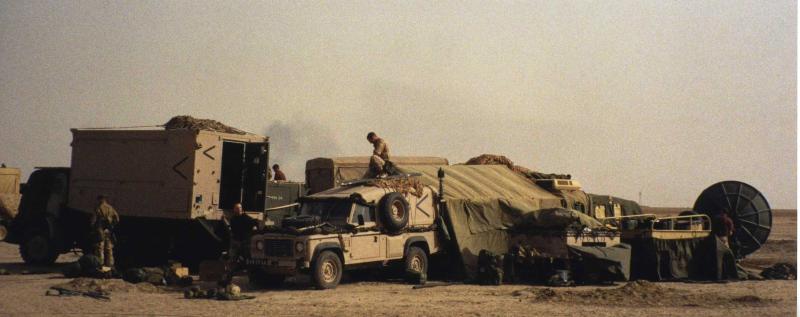
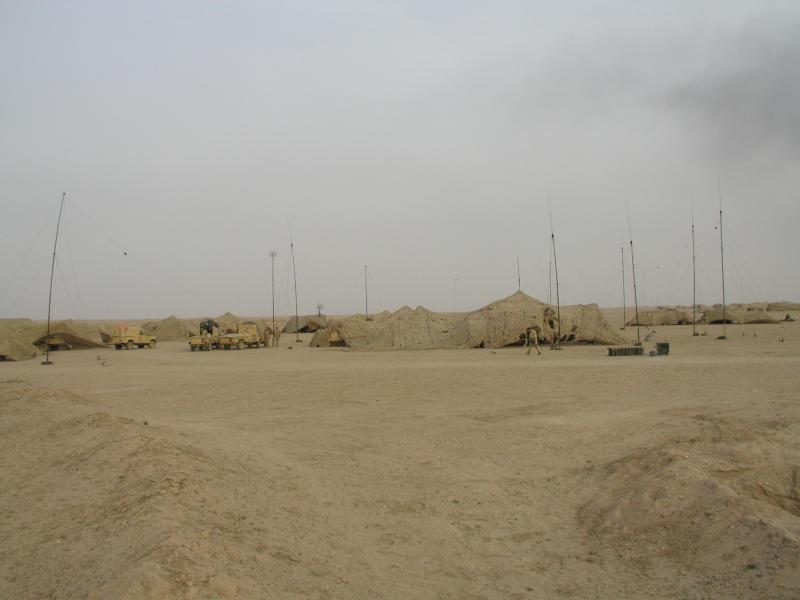
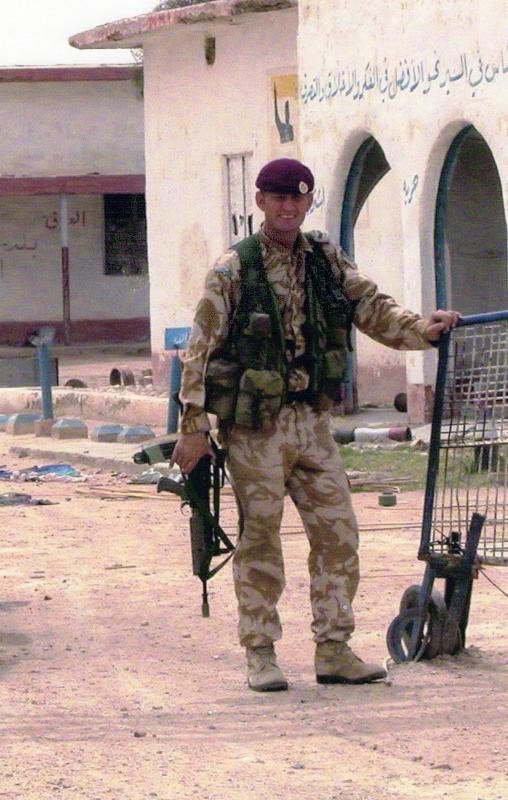
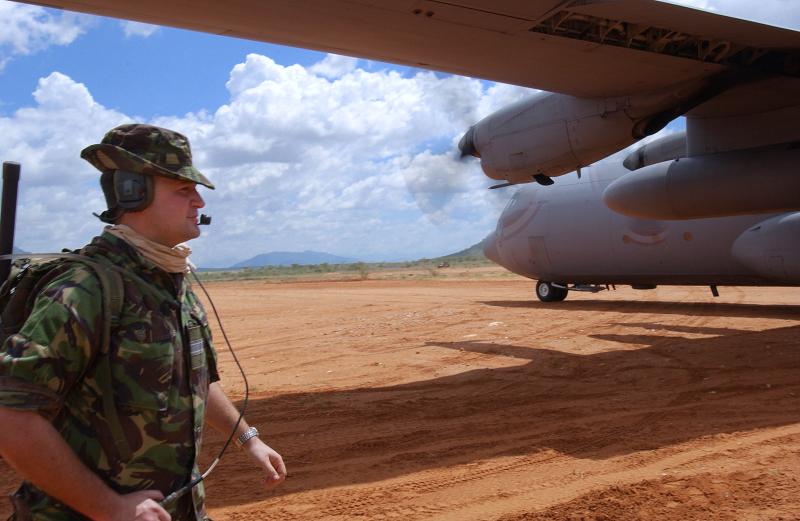
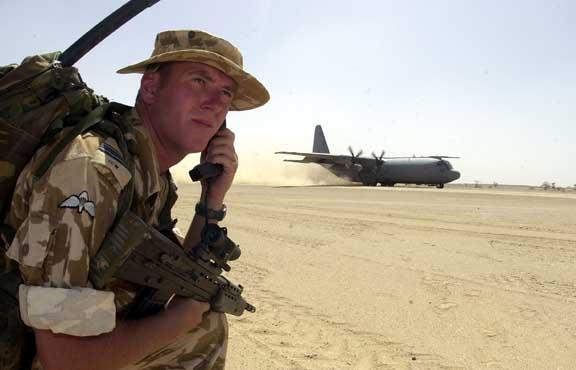
Latest Comments
There are currently no comments for this content.
Add Comment
In order to add comments you must be registered with ParaData.
If you are currently a ParaData member please login.
If you are not currently a ParaData member but wish to get involved please register.